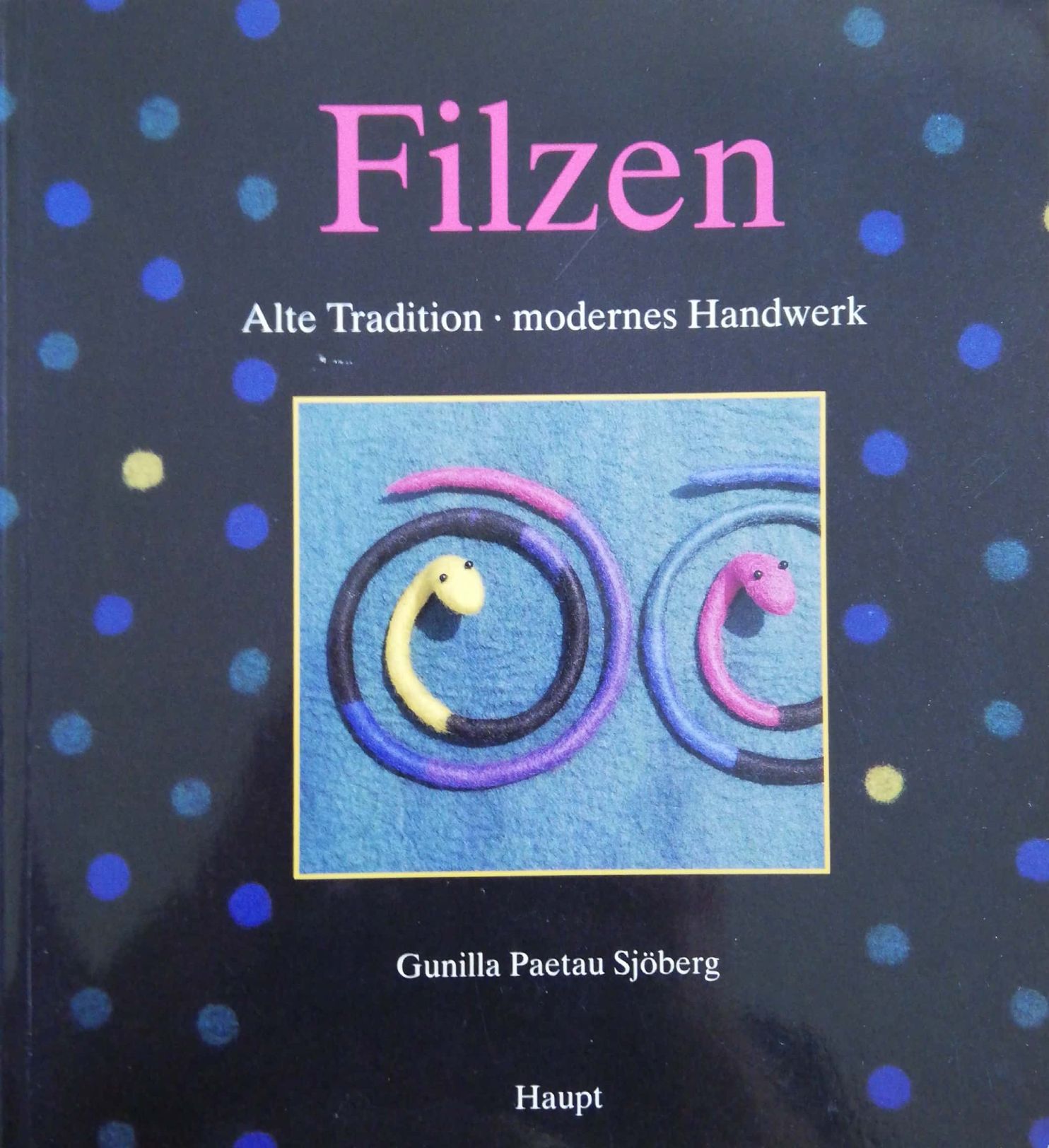The Dodo Blog
Easter is just around the corner. Here's an idea to make your Easter gifts extra special!
WHAT DO YOU NEED FOR THE BUNNIES?
That will depend on how many you want to make. So, I’ll just give you the list of materials for 4 bunnies like mine. You can adapt the colors and/or decoration to your ow...
THE STORY BEHIND THIS PROJECT
I belong to a small felt club that gets together once a month via Zoom to felt in a group setting.
In our December meeting, the suggestion was that we create seasonal pieces. We usually felt 3D/sculptural items, and that was planned for December as well. But even thou...
If you’ve been in my felting world for some time, you’ve heard me talking about this book for sure. It’s one of my absolute favorites in my collection.
If you’ve just recently discovered my blog, and you’re as obsessed about felting books as I am, there’s still time to add it to your Christmas pres...
"Filzen: Alte Tradition, Modernes Handwerk" (German version)
"Felt: New Directions for an Ancient Craft" (English version)
by Gunilla Paetau Sjöberg

This might be the best book about wet felting I have. And I do have many 😊
It’s over 20 years old, it doesn’t have amazing photos and it has a l...
A couple of weeks ago I got a sweet email from Jet van Grinsven, a felter from the Netherlands, thanking me for the inspiring blog and info, as well as asking me a question.
Jet is building a new home and wants to create a wall hanging, but isn’t sure if she should be using a stronger background as...
If you’ve followed my work for some time, you’ll know that something I constantly mention is how I like to teach in a way that empowers you to develop your style and explore your creativity.
I see no point in just showing you how to felt an object. When I’m developing my courses, my goal is always ...


